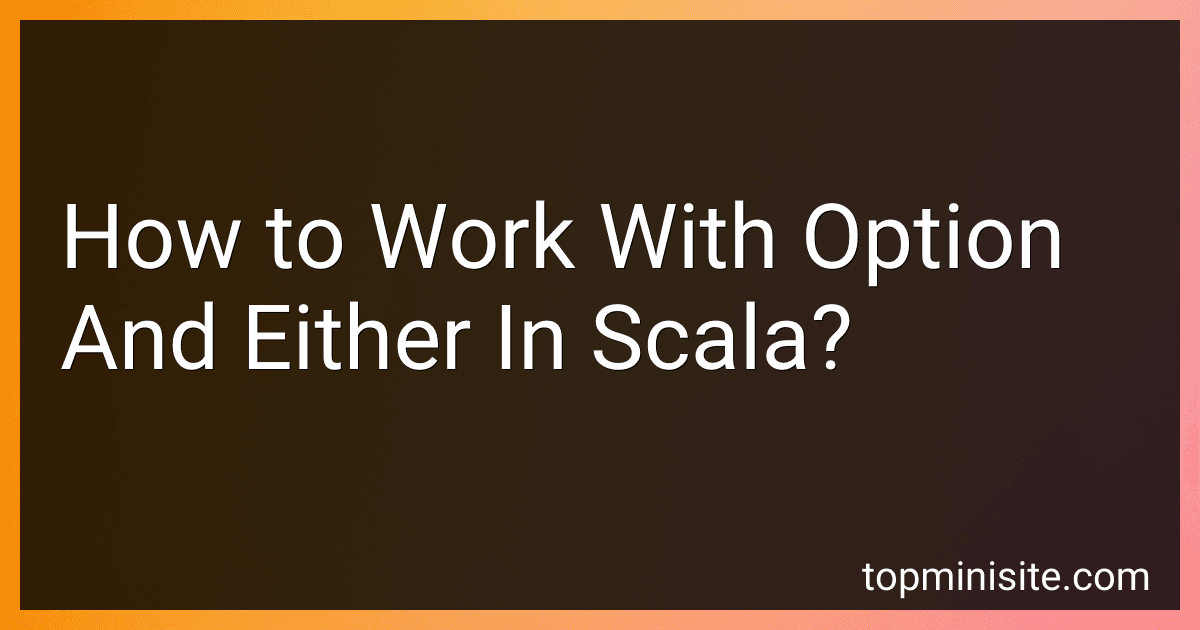Best Scala Programming Guides to Buy in December 2025

Programming Scala: Scalability = Functional Programming + Objects


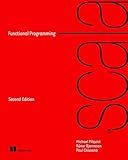
Functional Programming in Scala, Second Edition



Programming in Scala Fifth Edition


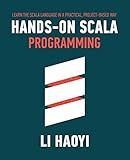
Hands-on Scala Programming: Learn Scala in a Practical, Project-Based Way


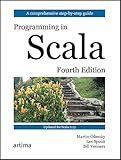
Programming in Scala


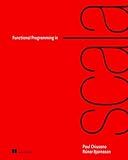
Functional Programming in Scala


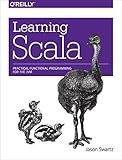
Learning Scala: Practical Functional Programming for the JVM


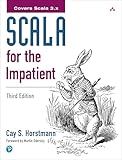
Scala for the Impatient



Scala Cookbook: Recipes for Object-Oriented and Functional Programming


In Scala, the Option and Either types are commonly used to handle optional and error-prone computations, respectively. Understanding how to effectively work with these types is essential for building robust and functional code.
- Option: The Option type represents optional values. It can either hold Some(value) when a value is present, or None when no value is available. Some important points to remember:
- Option is useful when a computation may result in a value or not. Instead of returning null, which is error-prone, you can use Option to handle both cases in a type-safe manner.
- Common methods provided by Option include map, flatMap, getOrElse, foreach, fold, and filter.
Example Usage:
val maybeValue: Option[String] = Some("hello") val result = maybeValue.map(value => value.toUpperCase)
- Either: The Either type represents computations that may return either a successful result (Right) or an error (Left). By convention, Right is used to hold the successful value, and Left is used to hold the error.
- Either is useful for scenarios where you need to handle possible errors or return values.
- You can map over the Right value using map and handle errors using fold, leftMap, or pattern matching.
Example Usage:
def divide(dividend: Int, divisor: Int): Either[String, Int] = { if (divisor == 0) Left("Cannot divide by zero") else Right(dividend / divisor) } val result = divide(10, 2) result.fold(error => println(s"Error: $error"), value => println(s"Result: $value"))
It's important to note that both Option and Either are immutable types, enabling you to leverage the functional programming paradigm effectively. By utilizing these types and their respective methods, you can write more expressive and safer code in Scala.
What is the purpose of using Option and Either in Scala?
The purpose of using Option and Either in Scala is to handle possible absence or failure cases in a more expressive and safer way.
- Option: Option represents a value that can be either Some value or None. It helps to eliminate null pointer exceptions by providing a clear and explicit way to handle absence of values. Option is often used when a function may not have a meaningful value to return and we want to handle that absence explicitly.
- Either: Either represents a value that can be of one of two possible types: Left or Right. It is commonly used to indicate the result of a computation that could result in two different outcomes - success or failure. The Left type is often associated with error or failure, while the Right type represents the successful case. Either allows us to encode rich error types, providing more information about the failure than a simple Option. By convention, successful results are typically stored in Right, while failures or errors are stored in Left.
Using Option and Either in Scala allows developers to write more robust, concise, and type-safe code that handles potential absence or failure scenarios in a safer and more expressive way.
How to check if an Option is defined or empty?
To check if an Option is defined or empty, you can use the isDefined and isEmpty methods provided by the Option class in Java.
Here's an example:
import java.util.Optional;
public class Main { public static void main(String[] args) { Optional optionalValue1 = Optional.of("Value 1"); Optional optionalValue2 = Optional.empty();
// Check if optionalValue1 is defined or not
if (optionalValue1.isDefined()) {
System.out.println("optionalValue1 is defined.");
} else {
System.out.println("optionalValue1 is empty.");
}
// Check if optionalValue2 is defined or not
if (optionalValue2.isDefined()) {
System.out.println("optionalValue2 is defined.");
} else {
System.out.println("optionalValue2 is empty.");
}
// Check if optionalValue1 is empty or not
if (optionalValue1.isEmpty()) {
System.out.println("optionalValue1 is empty.");
} else {
System.out.println("optionalValue1 is not empty.");
}
// Check if optionalValue2 is empty or not
if (optionalValue2.isEmpty()) {
System.out.println("optionalValue2 is empty.");
} else {
System.out.println("optionalValue2 is not empty.");
}
}
}
Output:
optionalValue1 is defined. optionalValue2 is empty. optionalValue1 is not empty. optionalValue2 is empty.
In this example, we create two Option objects optionalValue1 and optionalValue2. The isDefined method checks whether the Option is defined (contains a value) or not. The isEmpty method checks whether the Option is empty or not.
How to filter values using Either in Scala?
To filter values using the Either type in Scala, you can use the filter method provided by the Either class. Here is an example:
val either: Either[String, Int] = Right(42)
val filteredEither = either.filter(_ > 50) filteredEither match { case Left(_) => println("Value does not satisfy the filter condition.") case Right(value) => println(s"Value satisfies the filter condition: $value") }
In this example, either represents an Either instance with a right value of 42. The filter method is called on this Either instance with the filter condition _ > 50. The result of the filter method is assigned to the filteredEither variable.
If the right value of either satisfies the filter condition (_ > 50), the filteredEither will also contain the right value (Right), otherwise, it will contain the left value (Left). In our example, since 42 is not greater than 50, filteredEither will contain the left value, and the corresponding message will be printed.
How to chain multiple Option objects together?
To chain multiple Option objects together in Rust, you can use the and_then function, which takes a closure as an argument and returns a new Option object.
Here is an example that demonstrates how to chain three Option objects together:
fn divide(numerator: i32, denominator: i32) -> Option { if denominator == 0 { None } else { Some(numerator / denominator) } }
fn main() { let numerator = Some(10); let denominator1 = Some(2); let denominator2 = Some(5); let denominator3 = Some(0);
let result = numerator.and\_then(|num| divide(num, 2))
.and\_then(|num| divide(num, 5))
.and\_then(|num| divide(num, 0));
match result {
Some(value) => println!("Result: {}", value),
None => println!("Cannot divide by zero"),
}
}
In this example, the divide function is used to simulate a division operation. If the denominator is 0, it returns None to indicate an error. Otherwise, it returns the division result wrapped in Some.
The and_then function is used to chain the Option objects together. It takes the current Option object, applies the closure provided as an argument, and returns a new Option object. If any of the Option objects in the chain is None, the chain will break, and the final result will be None.
In the above example, the chain is as follows: numerator -> divide(numerator, 2) -> divide(result of previous division, 5) -> divide(result of previous division, 0)
Since the last division has a denominator of 0, the chain breaks and None is returned.
